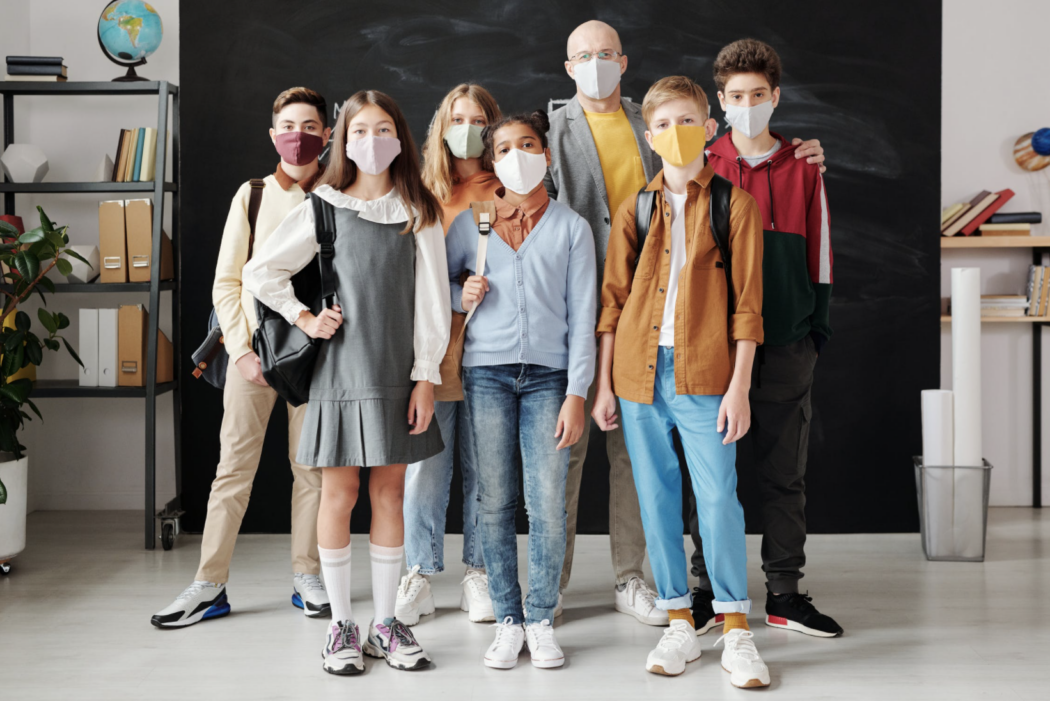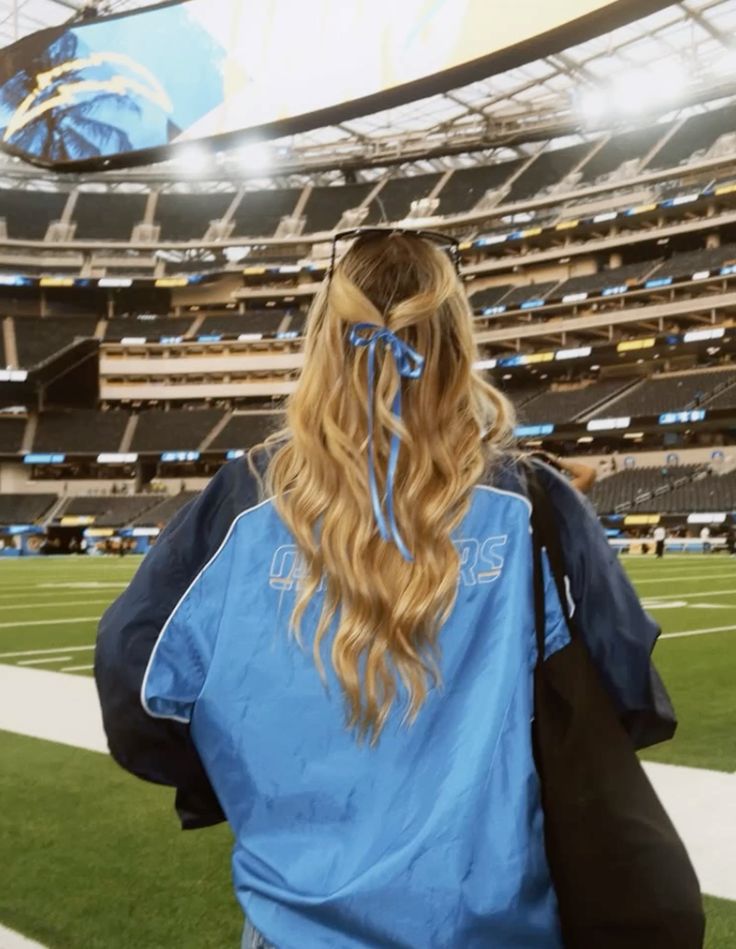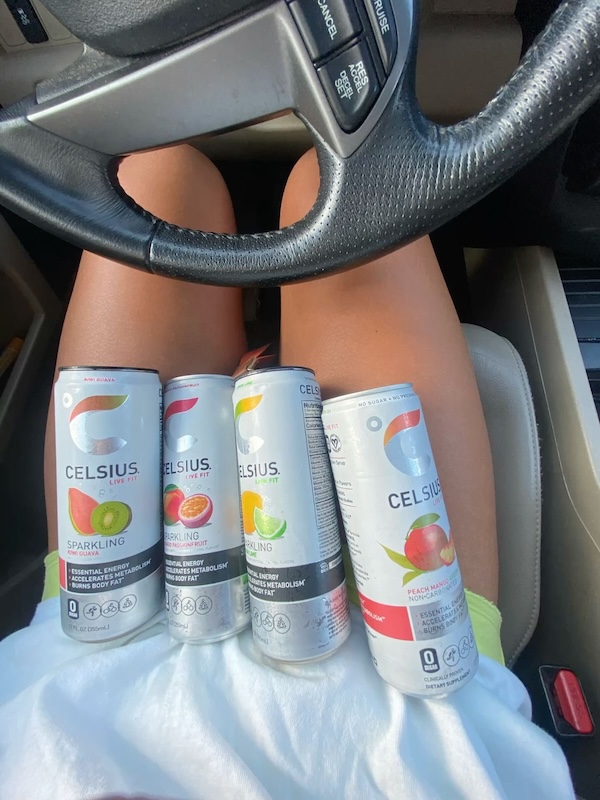The spring is an exciting time for Penn State education majors, specifically for seniors. After pre-student teaching in the fall and getting a feel for things, they then take on the endeavor of teaching full time.
Despite the pandemic, the College of Education was able to adjust and adapt to the many challenges it faced in order to provide the best student teaching experience it could for its seniors.
VALLEY is here to give insight on what it’s like student teaching during the pandemic, whether it’s elementary or secondary, virtual or in person.
Elementary

Starting with elementary, Elizabeth McDonough is an early childhood education major who is currently student teaching for third-grade in Bellefonte. Now virtual, she was able to have a bit of in-person experience while doing her pre-student teaching in the fall. Although short-lived, a week to be exact, Elizabeth feels she’s learned a ton of beneficial information in that short amount of time that she has been holding onto and utilizing. Thankful that she had a little “advantage,” she got to meet her students, see the school and classroom and experience classroom procedures first hand before moving online.
Bellefonte remained in person while Elizabeth was moved online. The biggest difference she’s found when comparing virtual to in-person is the connection between her and students, or lack thereof. When in-person, she felt like she had a better connection to students’ lives. She had a greater understanding of “what’s going on in their lives and how they’re doing, it’s harder to connect and talk virtually.” Not being able to see body language also makes things a little more difficult for Elizabeth, such as if they’re distracted. However, she has been working hard on incorporating fun activities like games, Kahoots and videos to keep her students engaged.
“You’re not truly prepared until you’re in it, doing it and figuring it out.”
Says Elizabeth McDonough
Overall, student teaching has been harder than she first imagined it as pre-covid, but easier than what she envisioned teaching virtually would be like. Something she feels she’s missing out on most while online is “classroom management in terms of teaching, planning and all the prep-work.” But, she feels as prepared as she could be given the circumstances and is enjoying her experience nonetheless, confident she will “develop classroom management techniques and style more over the next year.”
Secondary

Noah Grube and Jacob Koester, both majoring in secondary education and specializing in social studies, are having very different student teaching experiences this semester. While Noah is virtual for Bald Eagle, Jacob is in person in Philipsburg-Osceola. VALLEY was able to interview both for an interesting comparison.
Teaching virtually v.s. in person
Noah: Due to also experiencing pre-student teaching virtually, it is all he knows at this point. That being said, he finds it a little strange at times due to being online but rewarding nonetheless to be able to student teach at all during the pandemic.
“Being disconnected from the classroom has its challenges, but it isn’t terrible and I’m learning to overcome them . . . figure out what works and what doesn’t.”
Says Noah Grube
Jacob: While now teaching in person, Jacob actually pre-student taught virtually. He enjoys student-teaching much more now that he is able to physically be in the classroom and able to interact more with his students and mentor. They have a routine of sanitizing desks and other areas with wipes and sprays, have spread out desks and wear masks, which is good to hear.
“You can learn how to do lesson plans and implement them, but I felt like I really knew how to control the classroom once I actually got in person.”
Says Jacob Koester
Communication with students and mentors
Noah: Being at home while Bald Eagle is in person, Noah feels there is sometimes a disconnect between him and those physically in the classroom. This isn’t the fault of anyone in particular, but rather due to “the medium of communication.” Students are engaged as much as they can be, but there are distractions and Noah can’t always see what they’re doing. But, he understands the difficulties of learning virtually and tries his best to make his lessons engaging and interactive.
Jacob: Now in person, Jacob feels like it is definitely “easier all around” to connect with the students and communicate with his mentor. Being right there with them, he can interact verbally as well as physically, such as handing out materials. He is able to see what his students are doing and how they are doing He can check up on them himself rather than needing his mentor to help him.
What comes next . . .
Noah: Despite never standing in front of a class and talking in person, Noah feels like he has a pretty good understanding of how to run a classroom and how everything goes. Having the experience of teaching in front of students in person “would have been good, but it’s something that I will just need to learn while on the job,” he said smiling. Noah is working with what he’s got and moving forward, happy to be student-teaching and gaining experience.
Jacob: Jacob is looking forward to graduating and having his own classroom. He feels pretty prepared for after college and is grateful for the in-person experience he’s been able to have. Although he feels bad that not everyone could also have the same experience as him, he acknowledges his “advantage” and is motivated to work hard and get the most out of the opportunity as he can.
Hopefully, things will be at least a little bit better by the time graduation rolls around and these young teachers are ready to start the next chapter of their lives. No matter the situation, at least they are excited and feel as prepared as they can be. They are navigating student teaching during the pandemic and are ready to take on whatever obstacles they may face, as they’ve already accomplished a great deal.





